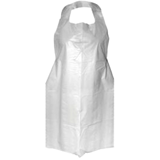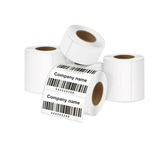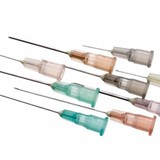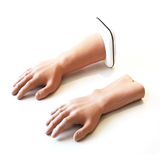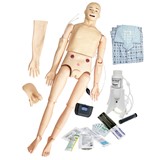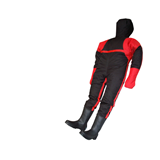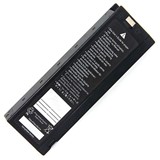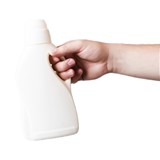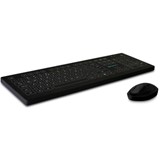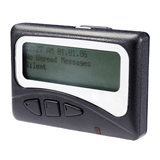Traditionally, doctors have predominantly learned about the human body and specialised medical procedures through experience. However, technology could potentially offer training doctors and surgeons practical experience long before setting foot in a real clinical setting.
This modern approach to the education of medical students is key to the future of the profession and may even improve the health outcomes for future generations.
Let's take a closer look at how medical education is changing.
Holograms in education
Taking three-dimensional images to the next level, HoloLens is a developing technology that could bring the use of holograms into medical education worldwide.
An augmented reality headset verges the virtual with reality, allowing students to physically interact with holograms of body organs and systems. While real experience with actual bodies is not substitutable, widespread use of holograms in education could also reduce the need for cadavers in medical schools.
This exciting new prospect could rewire the way medical students learn and equip them with a more comprehensive understanding of the human body.
Virtual microscopy
Some traditional learning tools, such as microscopes required to study the histopathology of diseases and infections, are challenging to use in an educational setting.
For this reason, virtual microscopes that allow students to view computer-based digital slides have become a useful teaching tool. They allow students to annotate slides and share their findings with other students and faculty members to discuss the results, enhancing their learning experience.
This technology is currently being used to encourage collaboration between students in histology education and early observations suggest it helps to accelerate student learning.
Interactive simulations
As many procedures that may be required in the future are rare in practice, many practitioners do not have complete confidence in their ability to perform surgery.
Interactive simulations are an innovative use of technology that allow health professionals to practice real clinical situations, giving them the confidence to perform new tasks on real patients. Simulations are lifelike, anatomically true and can be repeated until medical students are sure of their performance ability.
This is in stark contrast to the traditional Halstedian model of learning, which largely promoted a "see one, do one and teach one" approach. Interactive simulations provide an opportunity to practice a procedure until a certain level of confidence is reached, before attempting it in a real situation.
3-Dimensional imaging
New online technology allows students to view and interact with life-sized bodies on a projector screen using 3D glasses.
This completely transforms the study of anatomy as we know it, offering a refined look at body parts and superior spatial understanding of how the bodily systems fit together. Additionally, it opens up possibilities of stripping back tissues to the specific section students desire to learn about.
One 3D imaging system, the BioDigital Human, was featured at TedMED 2013. The presenter Dr. Mahican observed, "A few years ago, being able to view the intricacies of the human heart and brain from your own sofa would have been considered unimaginable. Now… it is a reality."
Streaming live surgery
Performing surgery is a nerve wracking task for many practitioners, particularly when delving into new techniques they may not have performed previously.
Live surgery streaming offers a gateway for students directly into the operating room, where they can view real-life surgeries take place. Dr Rahesh Modi is one inspirational surgeon who streams live surgeries for students and practitioners around the world to watch and learn from.
Taking this concept even further, surgeon Dr Shafi Amhed also utilises a live chat feature, which allows students to type questions in real time. Dr Ahmed can see these questions in the operation room and can respond to queries, enriching the learning experience.
Simulated prostate examinations
Some examinations are difficult to replicate in a controlled educational environment, such as potentially life-saving prostate exams. With this in mind, a robot with an anatomically correct bottom has been designed to assist students in learning the correct technique, without overuse of actors.
The simulation program begins with a patient consultation with "Patrick" and the student eventually needs to perform the prostate examination, while keeping "Patrick" comfortable throughout the whole process. Traffic light signals help to guide students to apply the correct pressure to the right areas and help them to learn appropriate examination techniques.
Moving forward
Technology is changing the way medical education is delivered, and the way medical practitioners of the future come to have a sounder understanding and confidence base.
Unlike ever before, students can get a closer look at the anatomy of the human body and watch qualified practitioners perform surgery in real time. Practising technical skills in a controlled environment allows them to get experience and improve competency before performing a procedure on real patients.
As to the future, technology is continuing to improve and more medical schools are prioritising its use in training. This is positive news for the health of future generations, as new doctors are graduating with superior knowledge and practice experience.



